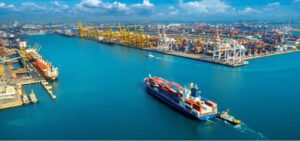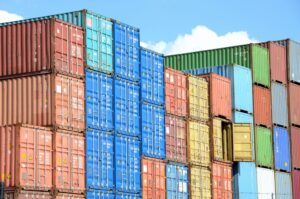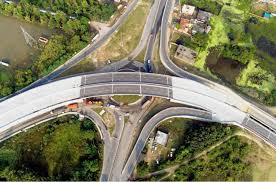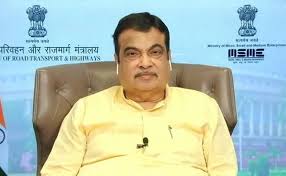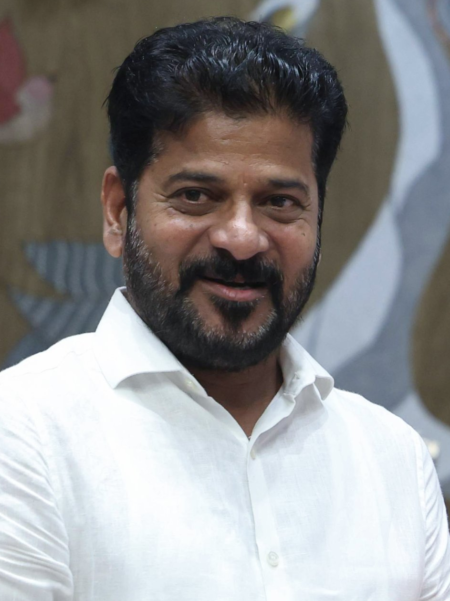
According to Xerrxes Master, India is presently positioned to have one of the world’s largest road networks. Of course, there are a few issues that must be dealt with on a war footing.
- Heavy taxes and unjustified levies
- Lack of maintenance: While our road network is being built at breakneck speed, we are not maintaining the existing infrastructure to its optimum level. Inclement weather, poor quality of construction, and corruption are ensuring that there is no seamless, smooth connectivity of roads.
- Lack of coordination between states: There is little or no cooperation and coordination amongst different states as regards road transport. A coordinated road policy should be formulated to mitigate this issue.
- Improper rural roads: Even today, more than half of the villages lack road connectivity. This has a negative impact on the agricultural and rural economies. Even the quality of roads between major highways and rural areas varies greatly.
- Inadequate road support infrastructure for truck drivers In comparison to Western industrialised nations, our road support infrastructure, such as decent restaurants, hotels, bathing facilities, and truck repair shops, is woefully lacking. Most parts of India have harsh weather for most of the year, and this lack of comfort for truck drivers leads to driver weariness and, finally, road accidents.
- Inefficient Management and Services: According to the “Road Transport Reorganisation Committee,” over 80% of operators possess five or fewer vehicles. As a result of this disparity, the industry is tremendously fragmented and disorganised.
- Rising Fuel Cost: The constant rising fuel costs add to the cost of the transport operator, which directly results in an increase in goods and services.
- Unskilled Drivers: The majority of truck drivers are inexperienced and have learned on the job with little or no formal training. As mentioned earlier, a lack of sufficient amenities on the highway encourages them to engage in undesirable activities such as drinking while driving, and as a result, we have one of the highest road accident ratios in the world.
Role of technology
As supply chains expand globally, transportation and logistics firms are constantly looking for innovative ways to improve flexibility, sustainability, and transparency. Emerging technology is crucial to tackling these difficulties and can result in operational and financial benefits for leading supply chain companies.
From initial product development to “last mile” delivery options, emerging technologies are making supply chains more efficient, productive, and cost-effective. Some benefits of technological innovation specific to the transportation and logistics industries include:
- Improved Efficiency
- Increased Visibility
- Reduced Costs
- Faster delivery times
- Increased Sustainability
Impacts of infrastructure projects
The National Industrial Corridor Development Programme calls for the construction of 11 industrial corridors around the country by 2024–25. Gati Shakti will be critical to the government’s ambition to connect every state to a natural gas pipeline by 2027. The National Highways operated by NHAI were 91,000 km long in 2014 and would be increased to 2 lakh km by 2024–25.
The government is establishing industrial corridors to promote inclusive growth. The roadways that serve as arteries are the pulse of a country’s economy. For the first time in the country, 37 km of national highways with 6 to 10 lanes are being built every day. The Delhi-Mumbai expressway, which is being built as part of the first phase of the ‘Bharatmala Pariyojana’, was projected to be finished by March 2023.
In the same way that we cannot provide the appropriate results in any industry without skilled labour, we also cannot advance globally without modern infrastructure. Roads are transitioning into the road of progress, much like the lines of fate.
Key factors for safety and compliance
“As mentioned earlier, logistics companies need to ensure that their transport segment is of world-class standards,” Xerrxes Master says.
- Drivers should have good driving skills and regularly adhere to the law.
- The payload limit should be followed.
- The number of hours that people can legally drive should be limited.
- Fuel that is sustainable and eco-friendly should be used.
- In accordance with legal requirements, vehicles must have current documentation and maintenance schedules.
Government’s role
To increase the overall efficacy and efficiency of this sector in India, the government and other players should collaborate. Up until now, the government has set the rules, and the parties involved have either followed them or avoided them as they saw fit.
The road sector would remain mostly disorganised as it is now unless we collaborated as a team. Road transport should be given top priority because it is vital to the survival of our country. To avoid spending endless hours on toll roads and wasting precious gasoline, a good policy should be developed about the calibre of vehicles, drivers, fuel emissions, supporting amenities, infrastructure, and one-time toll taxes.
Draconian laws should be made for corrupt practises, which are the bane of the industry.
In short, we need a revolution in the road transport industry!
The roadways that serve as arteries are the pulse of a country’s economy

